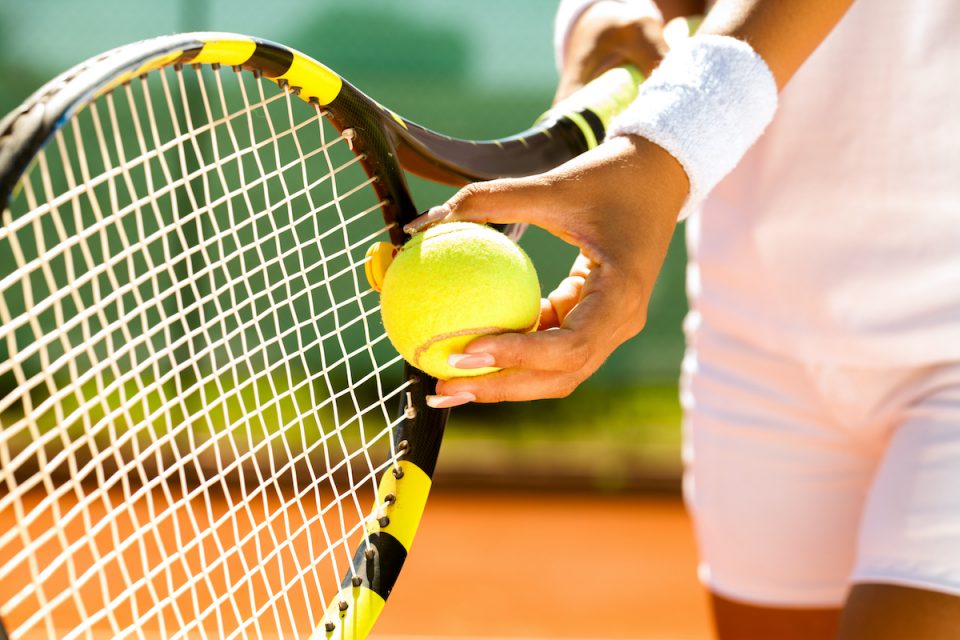This is stage number three in the series we’re doing in December lighthearted stories, telling you about how I got into wellbeing.
So in story number one, if you go back two weeks, I told you about the vegetable. Last week, I told you about my meeting with Gustav which resulted in me jumping without a parachute and this week I’m going to tell you what I learned after that meeting. How I started exploring sleep, mental health, energy, resilience and fitness, and how that has helped to shape the Cadence Approach™ we have today.
Learning to box
So one of the things I did as well as learning to cook vegetables, was learning about sleep and meditation. I also went to a boxing gym. It’s a boxing gym called Miguels in South London. It’s a real spit and sawdust classic under the arches boxing gym. There’s a little old man whose sight is, is going because of those combat experiences, from taking pads in the ring. The place is heaving, condensation running down the walls, sweat everywhere, but a really fun testosterone-fueled energetic environment. I learned to box, I actually had a white-collar fight, which was a draw. So technically I’m still undefeated. But while I was in there, I was having a look around at the athletes. I thought these guys are working hard. There are male and female boxers doing six, seven sessions a week. If not more, sometimes training twice a day. Why is it that, in the main, they don’t burnout?
How do athletes beat burnout?
Another sport I’m really interested in is tennis. How is it that tennis athletes typically don’t burnout? The tennis schedule is incredibly gruelling and punishing. I realised it’s because they have cadence to the way they do things. They don’t expect themselves to be at peak performance, or peak fitness all year round. They will get ready for big events, recover, deload. Get ready for another big event, recover, deload.
Whereas we, as busy professionals tend to think that we need to be on and performing at our optimum all year round. I don’t believe that to be sustainable. And certainly, in the athletic world, they know it isn’t sustainable.
So can we learn from athletes and copy what those athletes do?
Learning from elite athletes
We call that the Cadence Approach™ here at Bodyshot. Everything we do is geared up around that.
Predict phase
It’s about predicting what’s coming up. When the big events are in your life or your work schedule? Ask yourself when are your Wimbledon’s?
Prepare phase
It’s about building your “bulletproof” in the prepare phase, doubling down on sleep, mental health, energy. Getting ready for those big events.
Perform phase
It’s about performing when you need to but respecting your red flags. What are the signs that suggest that you are going too hard for too long, and you need to dial this back in a little bit?
Recover phase
Then the last phase it’s called recover. And it’s the idea that backing off beats burnout. Every now and again, you need to back off from the intensity of what you are doing so that you have longevity to finish.
So that’s essentially where it’s come from. That’s 10 years in the making, but two minutes in the telling. So I hope you found all that interesting. We wanted to keep it light for December. So that’s us done now for December. We’ll see you in the new year, have an amazing Christmas. Thank you for all your support this year and all the very best for now.


